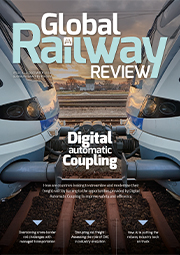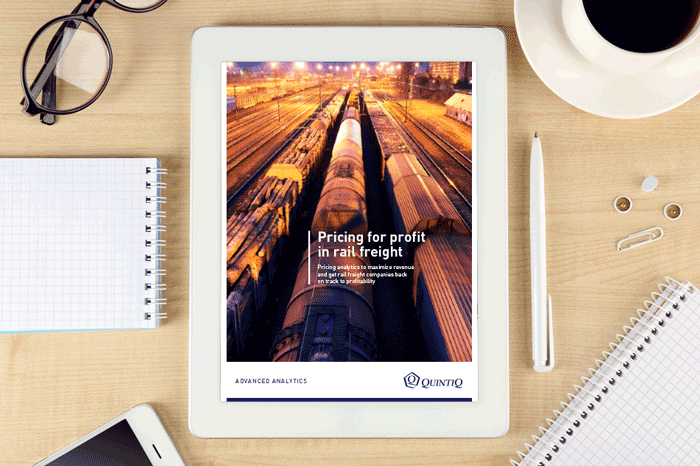Whitepaper: Pricing for profit in rail freight
Posted: 19 August 2016 | | 1 comment
In this whitepaper, find out how tapping into the power of pricing analytics, rail freight operators will stand not only to reap financial gains fast, but secure a strong position to compete ― and win ― in the future.
The outlook for the rail freight industry is, at best, mixed. Operators are struggling to cope in a post-crisis world that has seen rail freight shift from being the price-competitive modal transport of choice to one that is, today, up against trucking and air freight ― and struggling just to keep up.
Liberalisation of rail transport in the European Union, the sluggish economy, falling volumes, and supply-demand imbalance have led to drops in rail freight prices. It is becoming increasingly difficult under current circumstances for rail freight operators to earn sustainable margins and create returns for shareholders. McKinsey reports that none of the larger European carriers have achieved average margins of 3% in earnings in recent decades, and at least 7% is needed to cover their costs of capital.
To fight against this chronic situation of low profits, operators are aggressively slashing operational costs, cutting personnel, and expanding to other modes of transport. These measures, however, are unsustainable. Financial benefits are shrinking with each round of cuts they make and expansion exercises require massive investments. Furthermore, personnel cuts are a highly unpopular move among state-owned operators.
These crises involve forces that are simply beyond any rail freight operator’s control. However, there is one that isn’t ― pricing.
This whitepaper is restricted - login or subscribe free to access


Why subscribe? Join our growing community of thousands of industry professionals and gain access to:
- Bi-monthly issues in print and/or digital format
- Case studies, whitepapers, webinars and industry-leading content
- Breaking news and features
- Our extensive online archive of thousands of articles and years of past issues
- And it's all free!
Click here to Subscribe today Login here
Related content from this organisation
- Brochure: Achieving efficient planning in rail infrastructure management
- Whitepaper: From feasible to profitable planning – Learn how the world’s leading rail infrastructure contractors are turning planning into a profit engine
- Brochure: Dynamic timetabling for rail infrastructure owners
- Brochure: Public transport planning & optimisation
- Briefing: Taming passenger rail disruptions










The best solution is and remains the removal of lineside signalling as the main train-separation and speed instruction safety system and their replacement with in-cab train control displays. The remarks on the problems with diesel locomotives in the article only underscore that.